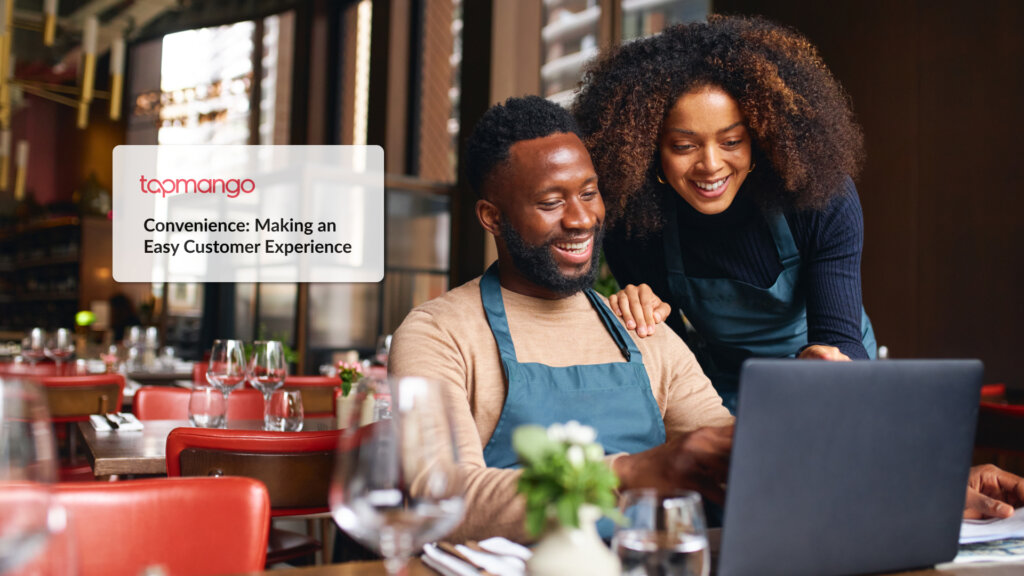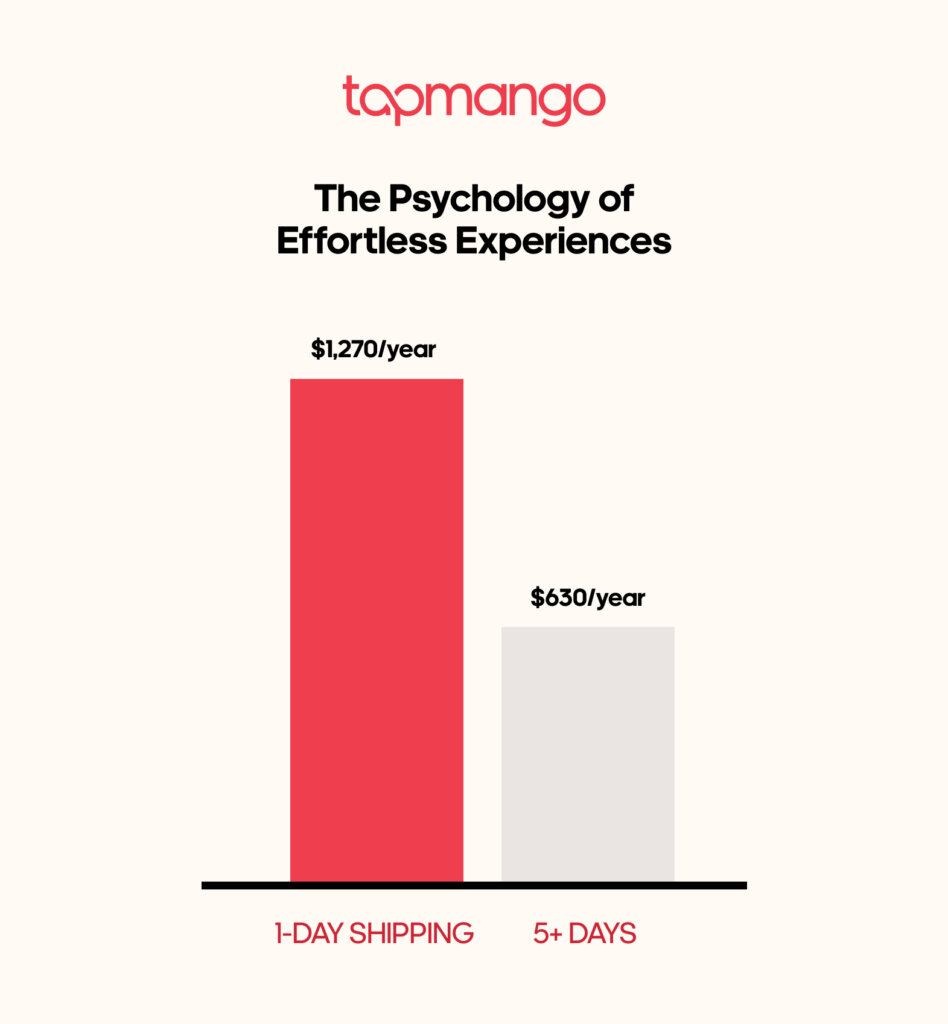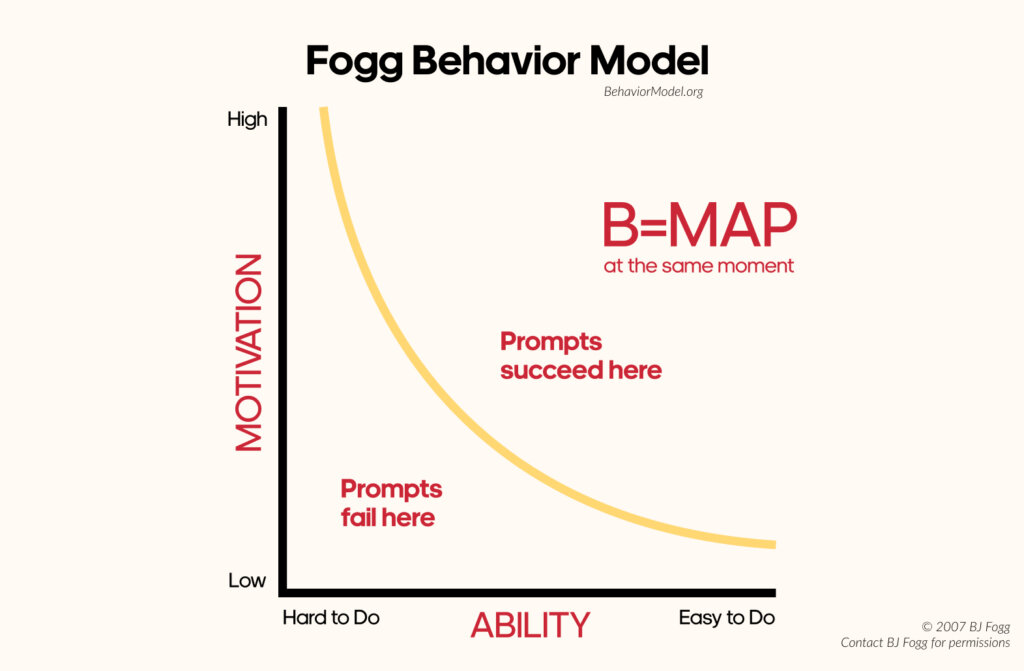
Convenience: The Loyalty Language of Ease
Consumers today don’t just want great products or rewards for their loyalty. They want an easy customer experience.
That means ordering ahead without waiting in line, gaining points with ease, and receiving personalized offers tailored to their wants.
However, each time you add a speed bump to that process, it opens the door for a competitor who makes it simpler.
That’s why the strongest loyalty strategies are about building an easy customer experience.
In this article, we’ll dig deeper into the Loyalty Language of Convenience, how to make customer experiences seamless, and why Convenience creates habits, Recognition builds relationships, and Rewards reinforce behavior.
Why Ease Wins Loyalty Today
More than anything, people are short on time.
60% of people say there’s not enough time in the day to get all their work, chores, and errands done. That means every interaction you create with a customer must fit into the minimal time they have and create an easy customer experience.
When customer communication feels effortless, customers return more. When it feels complicated, they move on. In fact, 74% of consumers admit they’re likely to switch brands if a purchasing process is overly complex or confusing. Every friction point is a potential exit ramp.
The data backs it up: 52% of consumers say that convenience influences half or more of their purchases. In other words, ease is the deciding factor between a one-time visit and a long-term relationship.
The Psychology of Effortless Experiences
As humans, we are inherently drawn to an easy customer experience. When something saves us time or effort, we instinctively trust and return to it. Sometimes, an easy customer experience incentivises us to spend more.
Take Amazon, for example. Customers who opt for one-day shipping spend nearly twice as much per year ($1,270) as those who wait five days or longer ($630). The easier it is to buy, the more they buy.

What Makes an Easy Customer Experience?
Convenience is the result of small, intentional decisions that make your customers’ lives simpler at every turn.
Here are a couple of factors that make for an easy customer experience:
Minimal Effort
Unnecessary effort is the enemy of an easy customer experience. Every extra click, question, or form field creates bumps in the road instead of a seamless experience.
96% of customers who experience high-effort interactions become more disloyal.
The fewer steps it takes to join, earn, or redeem, the stronger the customer’s desire to repeat that action. That’s why low-effort experiences like one-tap sign-ups, automatic point tracking, or in-store QR enrollment are more effective.
Personalization
An easy customer experience also includes making tailored interactions.
80% of consumers prefer personalized experiences. Those same shoppers spend 50% more with the brands that deliver them.
Personalization removes the decision fatigue that comes with irrelevant offers. It tells the customer, “We know what you like and we’ll make it easy to get it.”
Fast Resolution
When an issue arises, the faster it’s handled, the better. 88% of people say good customer service makes them more likely to repurchase.
Why?
Fast resolution shows that a brand values your time as much as your money. For small and mid-sized businesses, that can mean automating replies, integrating support channels, or giving staff instant access to loyalty and order history.
Empathy
Ease has an emotional side. When customers feel understood, they forgive mistakes faster and engage more often. Empathy-driven experiences can generate a 306% higher customer lifetime value.
Instant Gratification
Convenience thrives on immediacy. Instant gratification reinforces positive behavior and makes loyalty addictive. Whether it’s a free drink applied instantly or a surprise offer sent right after checkout, speed multiplies satisfaction.
How Does Convenience Impact Customer Retention?
Convenience directly increases customer retention.
When the path from “want” to “have” is an easy customer experience, customers repeat purchases without reconsidering. Ease removes the decision barrier that kills repeat behavior.
In behavioral science terms, when something is easier to do, it takes less motivation to be able to achieve it; the easier buying is, the lower the threshold for customer retention. This is the core of the Fogg Behavior Model, widely used to design sticky experiences.

Friction does the opposite: it introduces drop-off points that drain revenue. Slow mobile pages spike bounce and crush conversions. 53% of users abandon pages that take more than ~3 seconds to load.
The Cost of Inconvenience
Lost time = lost trust. Every point of friction adds doubt, disrupts momentum, and chips away at loyalty. In the world of loyalty, micro-frictions are silent revenue killers.
Why Micro-Friction Matters
It’s not always the big breakdowns that lose customers. It’s the stack of small annoyances. In UX research terms, “friction density” (i.e., multiple small friction points in one session) can predict abandonment. Sites with just three or more micro-frictions in a session see disproportionate drop-offs.
Friction costs billions. Poor customer interactions, slow processes, confusing UI, and poor service have been estimated to account for $60+ billion in lost revenue.
How Friction Erodes Retention
When a customer struggles to find rewards or waits for pages to load, they begin to reconsider. That moment of doubt is where they’re most vulnerable to switching.
Silent abandonment is real. In customer support systems, as much as 30–67% of customers may silently abandon while waiting in a queue or during a chat, never officially signaling departure, making recovery and tracking even harder.
First-call (or first-interaction) resolution matters. In customer care, First Call Resolution (FCR) is a key metric. A low FCR (meaning customers need to reach out multiple times) correlates with lower satisfaction. Improving FCR by even 1% can link to a 1% gain in satisfaction.
What Loyalty Features Improve Customer Experience?
Below are four core loyalty features that make for an easy customer experience:
Ease of Enrollment
Getting a customer into your program should feel effortless. Mobile loyalty app sign-up, SMS opt-in, and branded apps make that possible.
- Mobile loyalty app sign-up means a customer can enroll right from their phone. No paper forms or desktop-only flows.
- SMS opt-in works well at checkout or on receipts: “Text JOIN to 1234 to enroll instantly.”
- Branded app enrollment ensures loyalty lives right where your customers already spend time.
Because there are fewer steps between interest and membership, the drop-off is lower. Apple’s Loyalty Pass architecture now lets users enroll in convenience loyalty programs at the moment of using Apple Pay with no extra forms.
Ease of Paying
Once a customer is in your program, you want their checkout to feel effortless. One of the strongest signals of convenience is when payment and loyalty rewards merge.
Businesses that offer Apple Pay among eligible checkouts see an average 22.3% increase in conversion.

By enabling loyalty rewards (points or discounts) to apply alongside fast, digital payments, you remove multiple friction points: entering card numbers, toggling between apps, or manually applying offers. Customers just tap, pay, and move on.
Ease of Earning
Once enrolled, the process of accruing rewards should be an afterthought for the customer. Automatic point tracking and digital punch cards eliminate the mental overhead of remembering or logging activity.
Automatic tracking means every qualifying purchase updates the loyalty balance without customer action.
Ease of Redemption
The payoff has to feel immediate. If customers must jump through hoops to redeem, the psychological value of the reward is diminished.
When redemption is an easy customer experience:
- It reinforces the behavior that earned the reward.
- It makes loyalty feel like a value-add, not a burden.
- It closes the loop of satisfaction immediately.
If you’re looking for loyalty features like these, TapMango can help.
TapMango’s all-in-one platform turns loyalty into an effortless habit by removing the friction points that drive customers away:
- Online ordering is tied directly to loyalty points. Every purchase automatically earns rewards, building engagement with zero extra steps.
- A branded mobile loyalty app centralizes offers, ordering, and rewards, creating one simple hub for every interaction.
- POS integrations automate point accrual and redemption at checkout.
- Text and email automation keeps your brand top of mind, sending reminders, offers, and win-back messages automatically.
TapMango is more than other convenience loyalty programs. It’s a Loyalty Company. We’re here to help you put the best loyalty strategies in place to create an easy customer experience, leading to higher customer retention and more revenue.
If you’re ready to drive customer loyalty through our five loyalty languages and easy-to-use platform, schedule a demo today.

